Orthoimage
Type of resources
Available actions
Topics
Keywords
Contact for the resource
Provided by
Formats
Representation types
Update frequencies
status
-
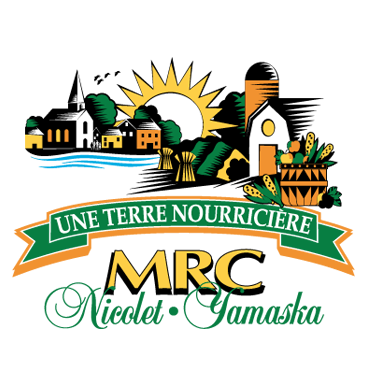
Orthophotography of the territory of the Nicolet-Yamaska MRC**This third party metadata element was translated using an automated translation tool (Amazon Translate).**
-
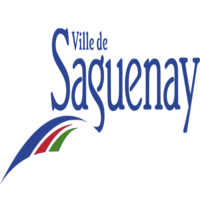
Mosaic of the aerial orthophotography taken on May 28, 2019, cut into 9km X 9km tiles. Spatial resolution of 20cm/px**This third party metadata element was translated using an automated translation tool (Amazon Translate).**
-

This collection is a legacy product that is no longer supported. It may not meet current government standards. This inventory presents chronologically the satellite images acquired, orthorectified and published over time by Natural Resources Canada. It is composed of imagery from the Landsat7 (1999-2003) and RADARSAT-1 (2001-2002) satellites, as well as the CanImage by-product and the control points used to process the images. Landsat7 Orthorectified Imagery: The orthoimage dataset is a complete set of cloud-free (less than 10%) orthoimages covering the Canadian landmass and created with the most accurate control data available at the time of creation. RADARSAT-1 Orthorectified Imagery: The 5 RADARSAT-1 images (processed and distributed by RADARSAT International (RSI) complete the landsat 7 orthoimagery coverage. They are stored as raster data produced from SAR Standard 7 (S7) beam mode with a pixel size of 15 m. They have been produced in accordance with NAD83 (North American Datum of 1983) using the Universal Transverse Mercator (UTM) projection. RADARSAT-1 orthoimagery were produced with the 1:250 000 Canadian Digital Elevation Data (CDED) and photogrammetric control points generated from the Aerial Survey Data Base (ASDB). CanImage -Landsat7 Orthoimages of Canada,1:50 000: CanImage is a raster image containing information from Landsat7 orthoimages that have been resampled and based on the National Topographic System (NTS) at the 1:50 000 scale in the UTM projection. The product is distributed in datasets in GeoTIFF format. The resolution of this product is 15 metres. Landsat7 Imagery Control Points: the control points were used for the geometric correction of Landsat7 satellite imagery. They can also be used to correct vector data and for simultaneously displaying data from several sources prepared at different scales or resolutions.
-

This collection is a legacy product that is no longer supported. It may not meet current government standards. Canada's Orthoimages 2005-2010 is the national medium-resolution imagery coverage of Canada. These digital raster data acquired by the Spot4 and Spot5 satellites comprise five spectral bands, namely: a panchromatic band having 10 m pixels and four multispectral bands having pixels of 20 m. These orthoimages were produced according to the 1983 North American Reference System (NAD83SCRS) according to the Universal Transverse Mercator (UTM) and Lambert Conformal Conic (LCC) mapping. The set of orthoimages was created with the most accurate control data available at the time of its creation: Landsat7 Imagery Control Points, National Road Network (NRN) ) and the Landsat7 Orthorectified Imagery.
-
* These mosaics are the result of an assembly of orthophotographs produced in spring 2023. Each image has been positioned geographically taking into account the effect of the relief. * These mosaics are the result of regional partnerships. They are free to download, as they were acquired under an open data license (Creative Commons 4.0). * The territory covers all municipalities and MRCs in the Estrie administrative region. * Format: GeoTIFF associated with a 5 km x 5 km tile cut. * The spatial resolution is 20 cm. * The image type is natural color.**This third party metadata element was translated using an automated translation tool (Amazon Translate).**
-
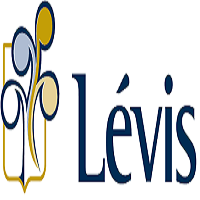
Orthophotographs of the administrative region of Chaudière-Appalaches, produced in spring 2020 **This third party metadata element was translated using an automated translation tool (Amazon Translate).**
-
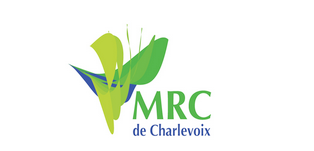
* These mosaics are the result of an assembly of orthophotographs produced in spring 2023. Each image has been positioned geographically taking into account the effect of the relief. * These mosaics are the result of regional partnerships. They are free to download, as they were acquired under an open data license (Creative Commons 4.0). * The territory covers the MRC of Charlevoix and the MRC of Charlevoix-Est * GeoTIFF associated with a 2 km x 2 km tile cut * The spatial resolution is 20 cm. * The image type is natural color. **This third party metadata element was translated using an automated translation tool (Amazon Translate).**
-
* These mosaics are the result of an assembly of orthophotographs produced in spring 2022 and 2023. Each image has been positioned geographically taking into account the effect of the relief. * These mosaics are the result of regional partnerships. They are free to download, as they were acquired under an open data license (Creative Commons 4.0). * The territory covers the MRCs of Antoine-Labelle, Argenteuil, Argenteuil, the Laurentians, the Pays d'en Haut and the Rivière du Nord. * Two formats are available: JPEG 2000 associated with a division by regional county municipality (MRC) and GeoTIFF associated with a division per tile of 2 km x 2 km. * The spatial resolution is 20 cm. * The image type is natural color.**This third party metadata element was translated using an automated translation tool (Amazon Translate).**
-

* These mosaics are the result of an assembly of orthophotographs produced in spring 2023. Each image has been positioned geographically taking into account the effect of the relief. * These mosaics are the result of regional partnerships. They are free to download, as they were acquired under an open data license (Creative Commons 4.0). * The territory covers the MRC Les Chenaux and part of the MRCs of Maskinongé, Mékinac and La Tuque. * GeoTIFF associated with a 2 km x 2 km tile cut. * The spatial resolution is 20 cm. * The image type is natural color. **This third party metadata element was translated using an automated translation tool (Amazon Translate).**
-
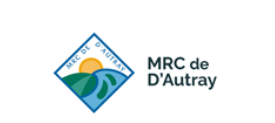
* These mosaics are the result of an assembly of orthophotographs produced in spring 2023 and 2024. Each image has been positioned geographically taking into account the effect of the relief. * These mosaics are the result of regional partnerships. They are free to download, as they were acquired under an open data license (Creative Commons 4.0). * The territory covers the MRC of Joliette, Montcalm, Matawinie as well as the MRC of D'Autray excluding the city of Lavaltrie. * GeoTIFF associated with a 2 km x 2 km tile cut. * JPEG 2000 associated with division by MRC (regional county municipality). * The spatial resolution is 20 cm. * The image type is natural color. **This third party metadata element was translated using an automated translation tool (Amazon Translate).**
 Arctic SDI catalogue
Arctic SDI catalogue

